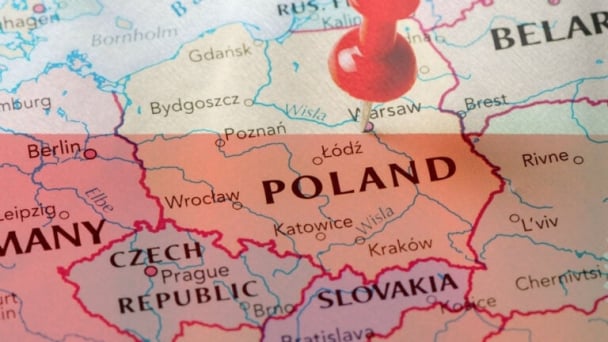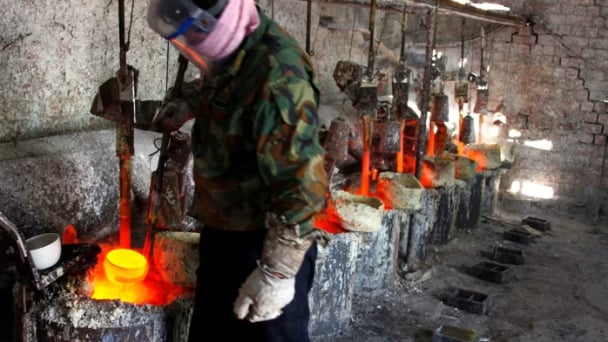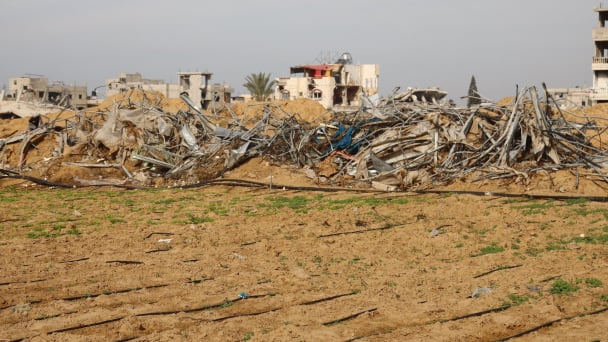June 21, 2025 | 01:00 GMT +7
June 21, 2025 | 01:00 GMT +7
Hotline: 0913.378.918
June 21, 2025 | 01:00 GMT +7
Hotline: 0913.378.918
Maize (corn) yields in Africa are significantly below other areas of the world even as demand from a growing population rises, but an international partnership has shown how improved agronomic practices can significantly improve production for smallholders, according to a study published May 27 in Nature Communications.
The study is part of Niche, a four-year project funded by the Bill and Melinda Gates Foundation that involved several organizations, including the University of Nebraska–Lincoln; One Acre Fund, an Africa-based social enterprise; NASA Harvest; and Regrow, an ag-tech company.
“Africa faces a critical challenge: how to significantly boost maize production to meet increasing maize demand while avoiding the negative impacts of cropland expansion and reliance on food imports,” said Patricio Grassini, corresponding author of the article and professor of agronomy at the University of Nebraska–Lincoln. “Our study shows that increasing maize yields through improved agronomic management could help Africa meet this challenge.”
The study identified management practices with largest impact on maize yields by analyzing a database of 14,773 smallholder maize fields across seven countries in Sub-Saharan Africa.
Maize demand in Sub-Saharan Africa is expected to more than double during the next 30 years driven by demographic and dietary changes. Over the past two decades, the area cropped with maize has expanded by 17 million hectares in the region, with limited yield increase.
The study’s analysis showed that adoption of improved agronomic management at the regional level would increase current Sub-Saharan Africa maize output from 80 million tonnes to 168 million tonnes on existing maize area. This scenario would allow the region to come near self-sufficiency for maize by the year 2050, drastically reducing land and import requirements.
“We found that maize yields double with improved seeds, modest amounts of fertilizers, timely sowing dates, and better crop and pest management,” said Fernando Aramburu-Merlos, a research assistant professor of agronomy at Nebraska and first author of the paper.
The study also highlighted the need for supportive policies to ensure that smallholders have access to yield-improving technologies and training to use those technologies efficiently, while outlining the risks of continuing with business as usual.
“This study makes a huge contribution by identifying the agronomic practices with largest potential to increase farm yield, providing key input to international and national programs and donors that aim to improve smallholder livelihoods and strengthen Africa food security,” said Alex Sananka, data scientist at One Acre Fund and co-author of the paper. “Sound investments on research and extension programs and proper policy to promote these practices can deliver yield gains within a short time and at a large spatial scale.”
(WG)

(VAN) Poultry production in Poland, which has only started recovering from devastating bird flu outbreaks earlier this year, has been hit by a series of outbreaks of Newcastle disease, with the veterinary situation deteriorating rapidly.

(VAN) Extensive licensing requirements raise concerns about intellectual property theft.

(VAN) As of Friday, a salmonella outbreak linked to a California egg producer had sickened at least 79 people. Of the infected people, 21 hospitalizations were reported, U.S. health officials said.

(VAN) With the war ongoing, many Ukrainian farmers and rural farming families face limited access to their land due to mines and lack the financial resources to purchase needed agricultural inputs.

(VAN) Vikas Rambal has quietly built a $5 billion business empire in manufacturing, property and solar, and catapulted onto the Rich List.

(VAN) Available cropland now at less than five percent, according to latest geospatial assessment from FAO and UNOSAT.

(VAN) Alt Carbon has raised $12 million in a seed round as it plans to scale its carbon dioxide removal work in the South Asian nation.